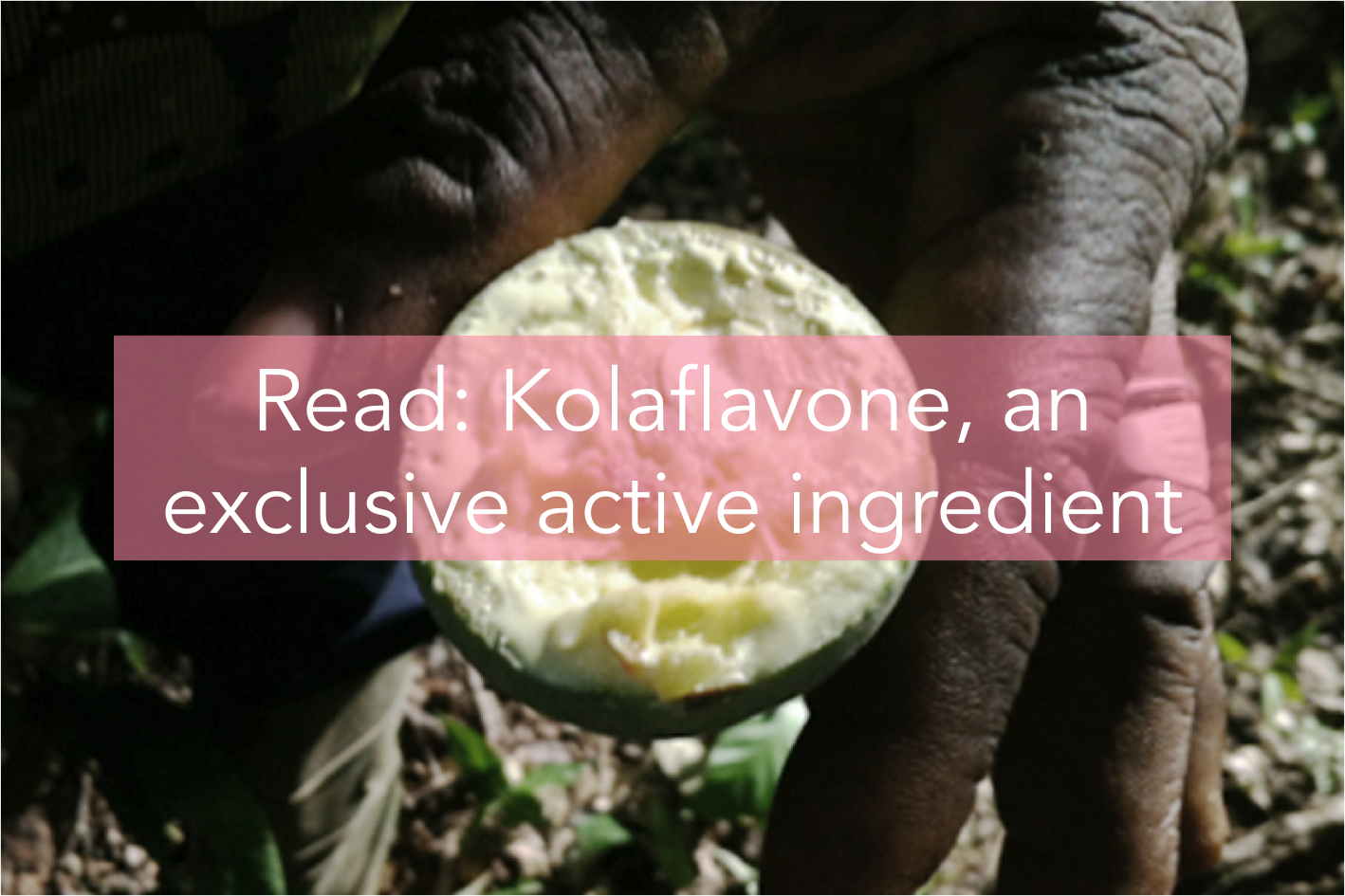Glycation and Nutrition
Glycation reaction takes place everywhere in the body throughout life leading to the formation of harmful glycation products (read: Glycation and Skin). But these products can also be provided by external sources, mainly through lifestyle and nutrition habits.
In cooking, the glycation reaction is better known as the Maillard reaction. As in the body, it is a reaction between proteins and sugars that occurs in food during cooking and leads to the creation of AGEs (Advanced Glycation End products). It is this reaction that gives their golden colour to grilled meats, fish and vegetables, and also to the crust of the bread.
The formation of AGEs is accelerated by heat. The content of AGEs therefore increases with time and the cooking temperature of food. Cooking methods requiring high temperatures, such as grilling, frying, roasting or toasting, in particular, accelerate the formation of AGEs.1
Industrial food products increasingly consumed in our modern societies contain many AGEs. This concerns manufacturing processes that involve the use of very high temperatures, whether to improve the flavour, appearance or preservation of the product.1
Once ingested, these glycation products are partially absorbed by the body where they then cause the formation of new AGEs.2 In recent years, research has shown that diet AGEs play an important role in the development of chronic age-related diseases (diabetes complications, kidney disease, vascular disease, etc.).3
Benefits of reducing the AGE content of food consumed
Studies in mice and humans show that adopting a diet low in AGEs can reduce the levels of AGEs circulating in the body by 30 to 40%. The restriction of dietary AGEs, by reducing inflammation and oxidation, prevents the onset and development of age-related kidney and vascular diseases. This diet also improves wound healing and, in the long term, extends the life span of mice (as does caloric restriction).
All of these data suggest that reducing the consumption of foods high in AGEs helps to delay aging and the onset of chronic diseases.1
Reducing the AGE content of your meals is simple
• Meat : The higher the cooking temperature, the higher the level of AGEs in the prepared food will be. So choose raw foods as soon as possible, and choose gentle cooking methods such as cooking in broths, steaming, low temperature or using marinades (lemon, vinegar).
An example: a minced fried beef contains twice as many AGEs as a minced beef cooked in a broth and 15 times more than a minced beef carpaccio type.
• Dairy products : Raw milk contains relatively few AGEs, as does UHT milk, pasteurization being carried out at low temperature (75°C). On the other hand, powdered milk contains 150 times more AGEs. The same applies to infant milks, which contain huge quantities of AGEs due to industrial dehydration and sterilisation processes using very high temperatures.
For cheeses, prefer fresh cheeses.
• Cereals, vegetables and fruits are the foods with the lowest levels of AGEs due to their high water, antioxidant and vitamin content, which reduce the formation of AGEs. In addition, the sugars contained in fruits are polysaccharides that are less likely to form AGEs than refined sugars. Prefer to eat them raw, or steamed rather than browned in butter to limit the intake of AGEs.
• Reduce your consumption of refined sugars and processed industrial products that hide, in addition to AGEs, many sugars in their composition.




